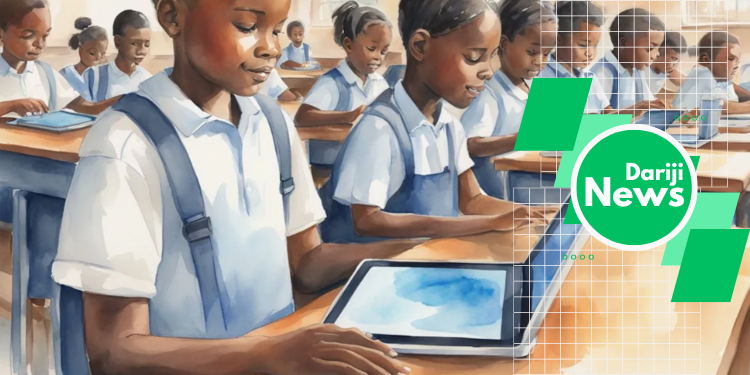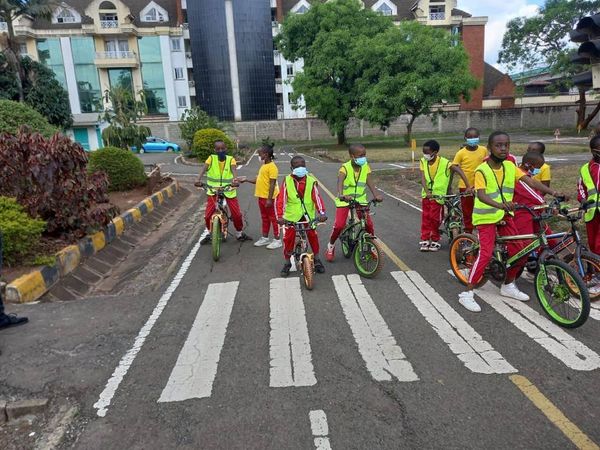This article explores the inadequacies of the traditional education system in preparing students for a rapidly changing world. By examining the historical context from Plato to the Industrial Revolution, it highlights the persistence of outdated methods in modern classrooms. The piece discusses the transformative potential of AI and technology in education, emphasizing the need for critical thinking, media literacy, and adaptability. With humor and historical references, the article advocates for a hybrid educational model that combines technology with human interaction, fostering entrepreneurship and equipping students with the skills needed for future success.
Is our current education system effective in preparing students for the future? The answer, unfortunately, is a resounding "no." The traditional methods we employ to teach our kids today are not only outdated but also increasingly irrelevant in a rapidly changing world. Let’s dive into the historical context, technological advancements, and potential solutions, all while sprinkling in a bit of humor to keep things lively.
A Historical Perspective: From Plato to the Industrial Age
To understand why our education system is struggling, we need to take a stroll down memory lane. Education has always been an essential part of human society. In ancient Greece, Plato's Academy set the stage for formal education. However, back then, education was a privilege reserved for a select few. Fast forward to the Middle Ages, and we see the establishment of the first universities by the Christian Church, still only accessible to the elite.
It wasn’t until the Industrial Revolution that education became more widespread. The factory-based production system and the division of labor necessitated the creation of schools to train future workers. This system, designed over 200 years ago, is eerily similar to the one we use today. The question is, why hasn't it evolved?
Stuck in the Past: The Traditional Classroom
Imagine a classroom from the 1800s. There's a teacher at the front, lecturing a group of students sitting in neat rows. Now, picture a modern classroom. Notice any differences? Probably not many. The basic setup remains the same, despite the fact that we are preparing students for a world vastly different from the one their grandparents knew.
This outdated model is like trying to use a flip phone in the age of smartphones. Sure, it works for making calls, but it falls short in almost every other aspect. Today's students are expected to learn and memorize information that is easily accessible online, leading to a lack of critical thinking and creativity. We need to shift our focus from rote learning to fostering skills that will be relevant in the future.
The Technological Revolution: Enter AI and Robots
With the impressive advances in technology over the past few years, the integration of AI and robots in education was inevitable. These intelligent machines are transforming classrooms, enhancing personalized and remote learning, auto-corrections, and providing access to knowledge at unprecedented speeds.
However, this technological revolution has also sparked concerns. Will teachers become obsolete, replaced entirely by AI? While it’s tempting to envision a future where students are taught by friendly robots (imagine R2-D2 giving a history lesson), the reality is more complex. The role of teachers is evolving from being mere dispensers of knowledge to becoming mentors and facilitators of learning.
The Challenge: Fearless Learning in a Changing World
One of the greatest challenges we face is helping children become fearless learners. We are leaving an era where a single skill could sustain a person for a lifetime. In our parents' generation, having five jobs before retirement was typical. Today, the average person will have 12 jobs, and future generations may have 20 to 30 different jobs across various sectors.
To thrive in this environment, students need to learn how to learn. They must develop the ability to acquire new skills quickly and adapt to different roles. This means our education system must focus on teaching fundamental skills such as analytical thinking, creativity, and technological literacy.
The Rise of AI Literacy
AI literacy is becoming a fundamental skill. From using Google to understanding complex algorithms, students must learn how these systems work and how to question them. It’s akin to teaching children how to cross the street safely: they need to understand the traffic lights and look both ways before stepping off the curb.
Yet, our current education system is lagging in this area. While some private schools boast fully digitized classrooms with iPads, many public schools still struggle with outdated technology. The lack of investment in education, exacerbated by austerity policies, has created a significant gap between what students need and what they receive.
The Role of Critical Thinking and Media Literacy
In an age where information is just a click away, teaching students to think critically is more important than ever. They need to learn that not everything they read online is true. Media literacy should be a core part of the curriculum, helping students understand how to evaluate sources and discern fact from fiction.
This isn't just about teaching them to use computers or write code. It’s about fostering an environment where questioning and critical thinking are encouraged. We need to prepare students to navigate the digital world confidently and responsibly.
### Humor in Education: Lightening the Load
Humor can be a powerful tool in education. It engages students, reduces stress, and makes learning more enjoyable. Imagine a history lesson where Napoleon isn't just a name in a textbook but a character with a quirky French accent explaining his own conquests (and ultimate defeat). Or a math class where complex equations are solved through humorous stories and relatable scenarios.
Humor helps students remember information better and fosters a positive learning environment. It breaks down barriers, making subjects that might seem intimidating more approachable.
The Future: Blending Technology and Human Interaction
The future of education will likely be a blend of technology and human interaction. While online learning offers incredible opportunities, the social aspect of education remains irreplaceable. Group work, collaboration, and face-to-face interactions are crucial for developing well-rounded individuals.
The classroom of the future will be a hybrid model, combining the best of both worlds. Technology will be used to enhance learning, not replace it. Teachers will guide students, helping them navigate the digital landscape and encouraging them to think creatively and critically.
### Entrepreneurship: Preparing Job Creators, Not Just Job Seekers
In today's economy, entrepreneurship is a vital skill. As technological advancements continue to disrupt traditional job markets, training young people to be job creators rather than job seekers is more important than ever. This mindset shift can help combat rising unemployment and economic strain.
Teaching entrepreneurship in schools can empower students to take control of their futures. It fosters innovation, resilience, and a sense of responsibility. By encouraging students to think of themselves as economic agents of change, we prepare them for a dynamic and uncertain future.
Conclusion: Rethinking Education for a Dynamic World
Our education system is at a crossroads. We can continue clinging to outdated methods, or we can embrace change and prepare our students for the future. This requires a collective effort from educators, policymakers, and the private sector.
We need to invest in technology and modernize our teaching methods. We must prioritize critical thinking, creativity, and adaptability. By doing so, we can create an education system that not only keeps pace with technological advancements but also equips students with the skills they need to thrive in an ever-changing world.
In the words of Albert Einstein, "Education is not the learning of facts, but the training of the mind to think." It’s time to rethink how we educate our children, ensuring they are not just prepared for the jobs of today but equipped to create the jobs of tomorrow. And maybe, just maybe, we can add a bit of humor along the way to make the journey a little more enjoyable.
.png)












Comments 0